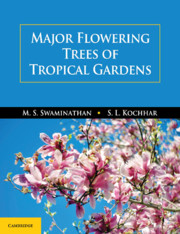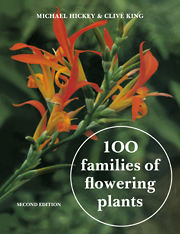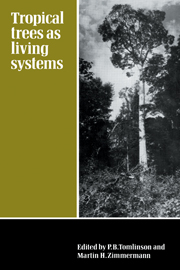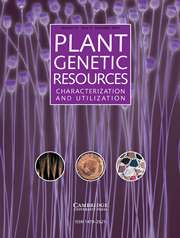Major Flowering Trees of Tropical Gardens
This comprehensive text on flowering trees of tropical gardens discusses some new species of trees, including Adansonia digitata, Monodora myristica, Flacourtia montana, Balanites aegyptiaca, Bursera serrata, Commiphora wightii and Semecarpus anacardium. The text covers more than 200 of the most striking and widespread trees alongside closely related genera and species (both native and exotic) commonly encountered in the tropical climate. It includes more than 700 high resolution coloured photographs, depicting different facets including growth habit, morphological details of stem, leaves, flowers and fruits. The different tree species are organized according to Bentham and Hooker's system of classification of seed plants. The book discusses many aspects of trees including common and botanical names together with synonyms, taxonomic families, etymology (how trees have derived their names), phenology, their native place, geographical distribution, mythological notes, religious significance and economic importance. The text is useful for graduate students and academic researchers in the field of life sciences.
- Includes more than 700 high resolution coloured photographs
- Botanical names adopted are in accordance with the international rules on botanical nomenclature
- Includes an exhaustive glossary of botanical and medical terms for the benefits of non-botanists
- Discusses a glossary of morphological architecture of leaf forms along with diagrammatic sketches
Reviews & endorsements
‘This attractive volume, abundantly illustrated with many color figures, gives a descriptive treatment of some 200 tropical tree species widely cultivated in ornamental gardens, with apparent emphasis on those located in India … this book provides a wealth of useful and interesting information for all enthusiasts of the flora of the tropics.’ William B. Sanders, Plant Science Bulletin
Product details
May 2019Adobe eBook Reader
9781108640633
0 pages
This ISBN is for an eBook version which is distributed on our behalf by a third party.
Table of Contents
- Preface
- Acknowledgements
- Introduction
- 1. Magnoliaceae
- 2. Dilleniaceae
- 3. Bixaceae
- 4. Cochlospermaceae
- 5. Capparaceae
- 6. Flacourtiaceae
- 7. Dipterocarpaceae
- 8. Malvaceae
- 9. Tiliaceae
- 10. Zygophyllaceae
- 11. Guttiferae
- 12. Bombacaceae
- 13. Elaeocarpaceae
- 14. Sterculiaceae
- 15. Rutaceae
- 16. Burseraceae
- 17. Simaroubaceae
- 18. Ochnaceae
- 19. Meliaceae
- 20. Averrhoaceae
- 21. Rhamnaceae
- 22. Sapindaceae
- 23. Anacardiaceae
- Chapter 24. Moringaceae
- 25. Rosaceae
- 26. Araliaceae
- 27. Fabaceae
- 28. Lythraceae
- Chapter 29. Myrtaceae
- 30. Combretaceae
- 31. Lecythidaceae
- 32. Cornaceae (now Alangiaceae)
- 33. Rubiaceae
- 34. Sapotaceae
- 35. Ebenaceae
- 36. Ehretiaceae
- 37. Rubiaceae
- 38. Ericaceae
- 39. Myrsinaceae (now Theophrastaceae)
- 40. Oleaceae
- 41. Salvadoraceae
- 42. Verbenaceae
- 43. Apocynaceae
- 44. Asclepiadaceae
- 45. Solanaceae
- 46. Scrophulariaceae
- 47. Verbenaceae
- 48. Bignoniaceae
- Chapter 49. Lauraceae
- 50. Santalaceae
- 51. Proteaceae
- 52. Euphorbiaceae
- 53. Moraceae
- 54. Platanaceae
- 55. Casuarinaceae
- 56. Ulmaceae
- 57. Musaceae
- 58. Pandanaceae
- 59. Arecaceae
- References
- Index of scientific names
- Index of common English names
- Glossary of important botanical terms
- Morphological architecture of leaf forms (diagrammatic sketches alongside the write-up).











